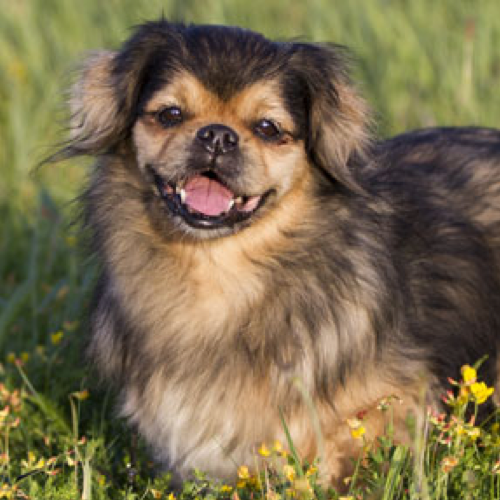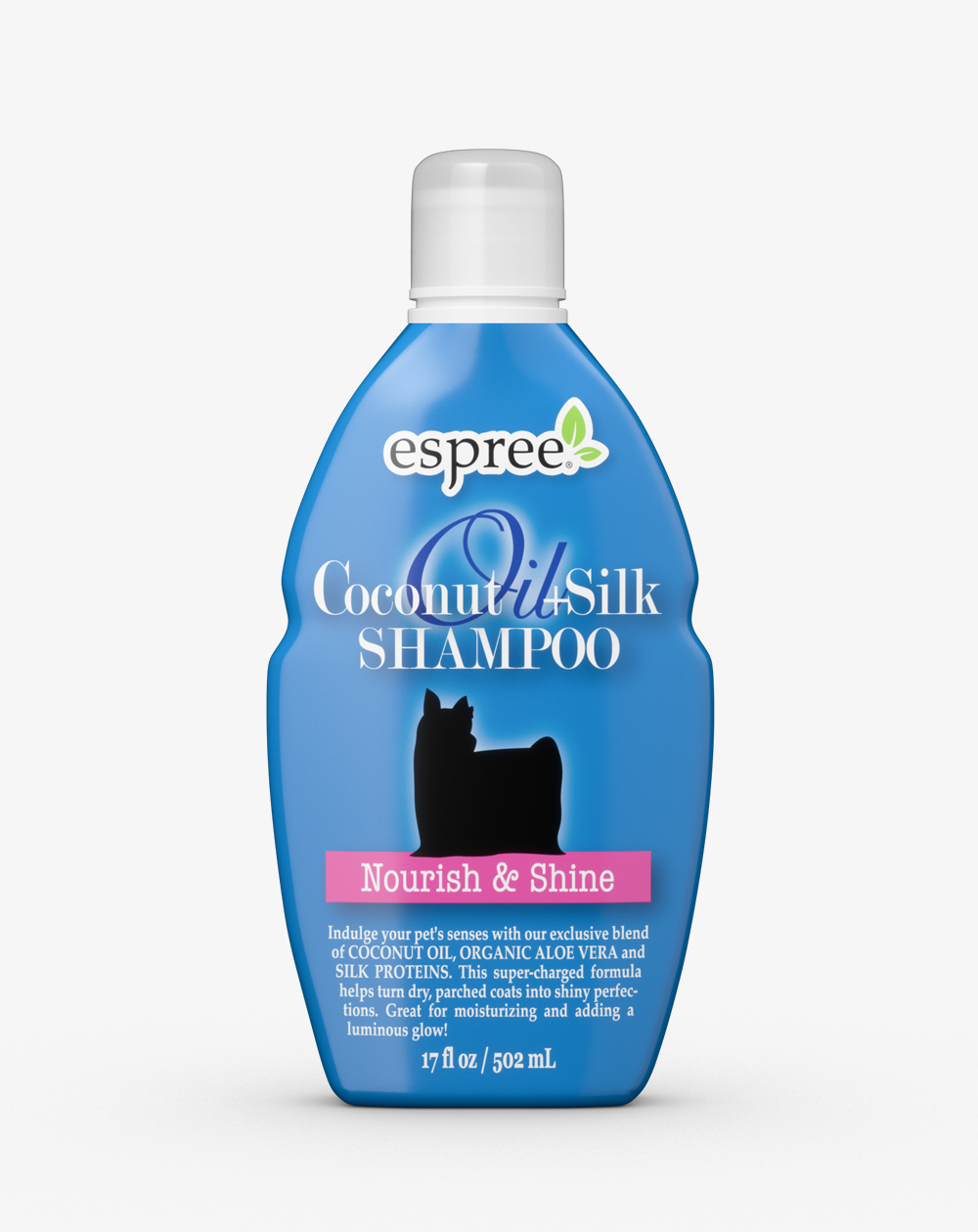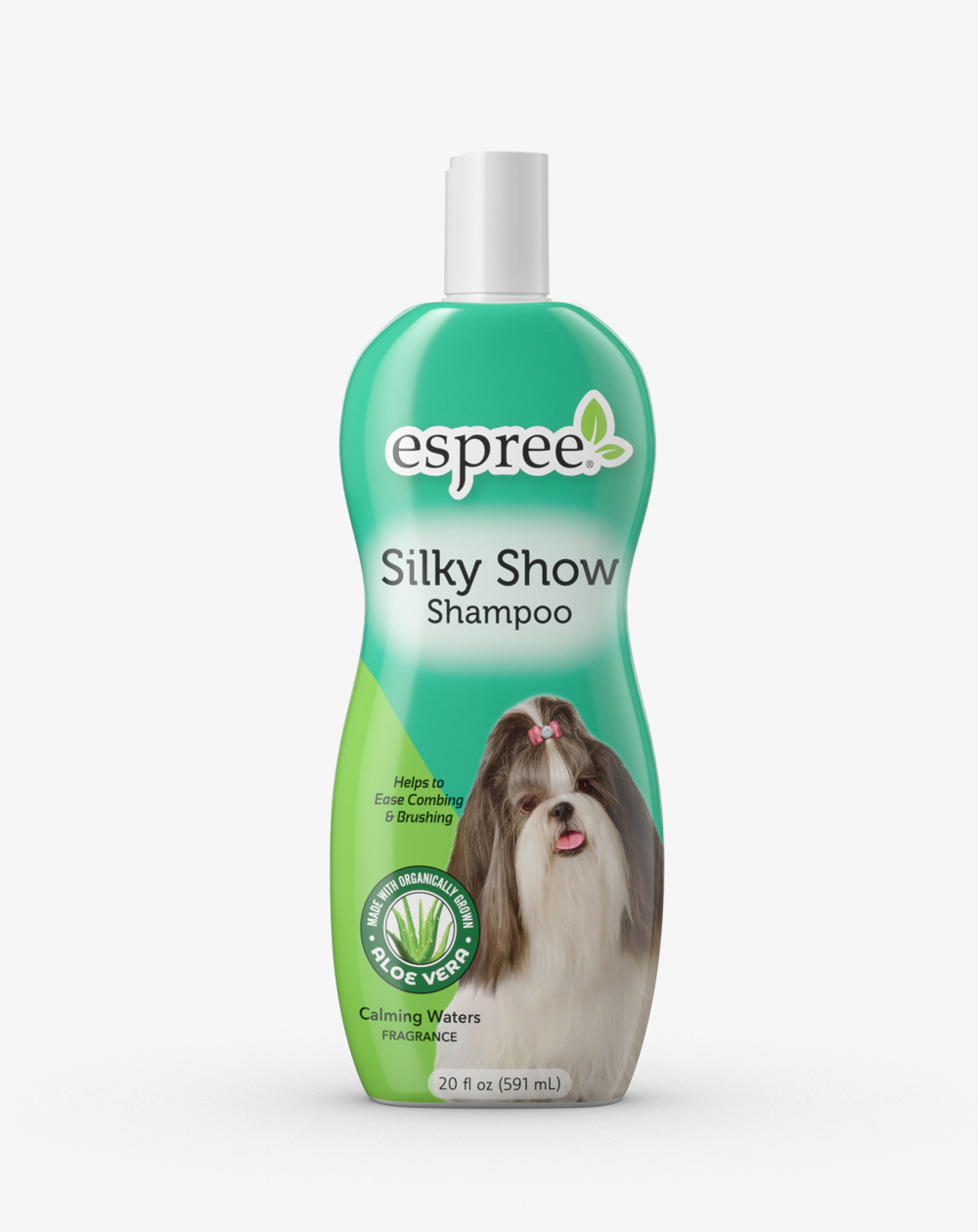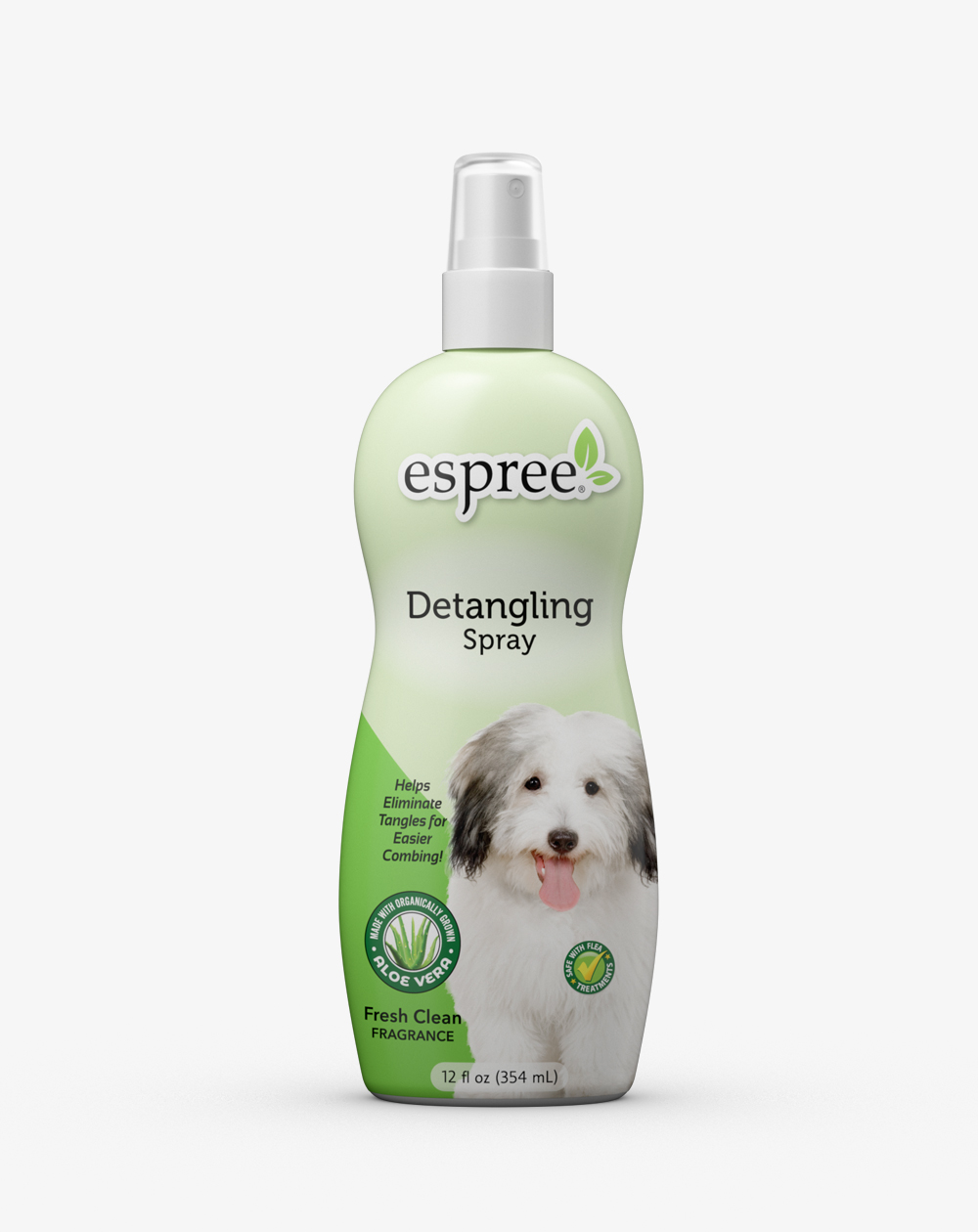
Tibetan Spaniel
With a blunt muzzle and big expressive eyes, a “lion’s mane” around the neck, and a plumed tail elegantly curving over the back, they’re distinctly Tibetan. But are they spaniels? No, not in the Western sense, like Cockers or Cavaliers. Instead, Tibetan Spaniels recall the ancient traditions that produced Pekes, Pugs, Lhasas, and other unmistakably Asian breeds. Tibetan Spaniels stand about 10 inches at the shoulder; they move quickly and with purpose. They’re seen in coats of many colors and combinations.
Breed Profile
Though independent in spirit, Tibetan Spaniels are clean and easily trained. If correctly and gently disciplined, they will readily obey a loved and trusted owner. A very intelligent breed, the Tibetan Spaniel thrives on human companionship and needs to be with people. Although outgoing and friendly, the breed may be aloof with strangers. Tibbies need only moderate exercise, so they are excellent in apartments, on the farm or in the suburbs.
Grooming
The Tibetan Spaniel does require regular bathing and grooming. This affectionate breed can be bathed and groomed as frequently as once a week up to every 6 weeks depending on the activity level of the dog and the condition of coat. The “Tibbie” has a double coat that is silky in texture, therefore it does tangle easily. It is essential to select the proper products to match the pet’s needs in order to allow the Tibetan Spaniel to have an enjoyable grooming experience and maintain healthy skin and coat.
There is an art to bathing a “Tibbie” in order to minimize tangling during the bath process. After the coat is wet, apply the shampoo by squeezing it through the coat in a downward motion. This can also be achieved using a rubber curry with cylinder type teeth to help penetrate down to skin and thoroughly clean the entire coat. The same technique is used when conditioning the coat. Make sure you thoroughly rinse the coat. It is a good idea to slightly cool the water temperature down for the final rinse to ensure the coat is completely free of any product. Once the bath is finished, blot the coat with a towel and squeeze excessive water from the mane, legs, and tail. Always use a downward motion to remove the excess rather than a circular motion in order to keep the coat from tangling.
Finally, it’s time to dry the “Tibbie”. Its best to brush and dry the coat in the direction you want the coat to lay as the standard calls for “the coat to be unaltered with the coat condition lying flat.”
Finishing the Dog: Tools and Finish Grooming
The coat should be mat free, so a comb can easily glide through all the way to the skin. The coat should be light and airy with an outline. The mane and the rear tend to be heavier so pay close attention when brushing and combing. The pads of the feet can be shaved for sanitary purposes. In the show ring, the feathering on the feet is to be left. In the grooming salon, be sure to check with the owners if you plan on neatening up the feet.
General Health Care
Prep work is the foundation of all grooming. Prep work includes ear cleaning, nail trimming, trimming the pads, and proper dental hygiene. Master these skills sets the professional pet stylist apart from the rest. Prep work should be done before every bathing and grooming appointment. All dogs need to have their ears checked and cleaned on a regular basis. Some need to have the hair plucked from the ear canal. This allows the ear to have proper air circulation. It is not necessary to remove all of the hair in the ear, as some serves as a barrier to foreign debris. It is imperative that you are properly trained to pull ear hair before attempting this endeavor. Proper nail care is also very important. Long, unsightly nails are uncomfortable for the dog, as well as anyone they might jump on. Long nails also compromise the shape of the foot. Trimming the pads of the foot helps give the dog good traction on different surfaces and can minimize the amount of dirt the dog tracks into the house. It also affords the opportunity to treat and condition the paws from cracks and abrasions. Good dental hygiene is essential for a healthy pet as well.
Nutritional Care
In order to maintain healthy skin and coat as well as overall health, it is important to provide good nutrition to your dog through a well-balanced diet, vitamins, and healthy treats.
Do they require a lot of grooming?
Tibetan Spaniels do require consistent grooming. As a young dog, it is imperative that you get the dog used to regular grooming. A full brush out 2 to 3 times a week is best with baths every 1 to 2 weeks. Never brush a dry coat, always lightly mist with a hydrating spray. This is a breed that requires their caring owner to stay on top of routine maintenance.
What are common problems in a Tibbie?
Fortunately, Tibbie’s have been able to maintain their status as healthy, hardy little dogs. Some health issues (although rare) are PRA (Progressive Retinal Atrophy) (a genetic eye disease that causes blindness over time), PSS ((Portosystemic Shunt) a genetic abnormality that affects the blood flow through the liver)), Cherry Eye (inflammation of the third eyelid), and patellar luxation (a loose knee).
Do “Tibbie’s” shed or cause allergies?
“Tibbie’s” shed lightly year around. To minimize shedding it is best to keep them on a regular, consistent grooming schedule. Typically, before bringing a Tibetan Spaniel into your home if you have allergies, you should spend some time around this breed to make sure you do not have a reaction.
Are “Tibbie’s” good with children?
Although Tibetan Spaniels are affectionate toward and protective of children, they’re better suited for homes with older children because they can be injured during rough play.
What if I have a show dog?
Whether you have a show dog or a companion dog, the same basic care is given regarding nutrition, socialization, and hygiene. The difference is the grooming maintenance and conditioning for the show ring. It is always helpful if your breeder is willing to help mentor you to lead you in the right direction upon entering the show ring. A great place to start is with the national breed club like the Tibetan Spaniel Club of America, wp.tsca.ws




